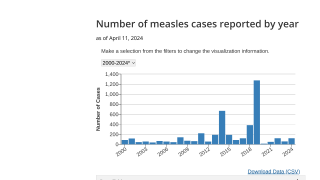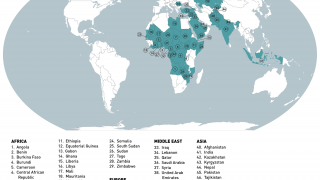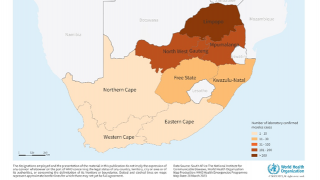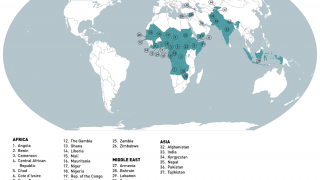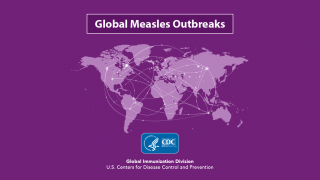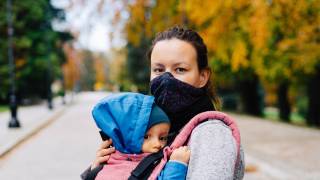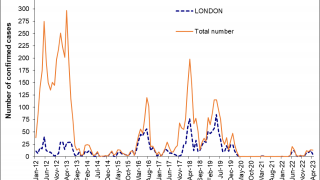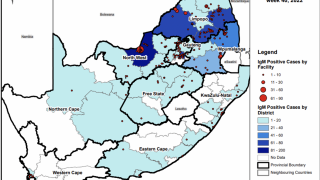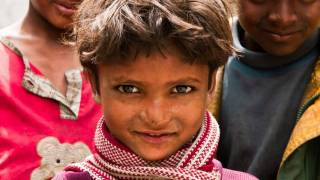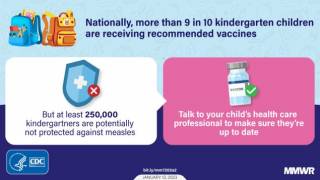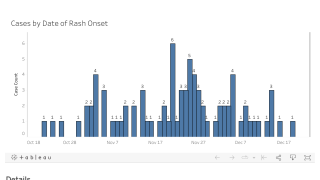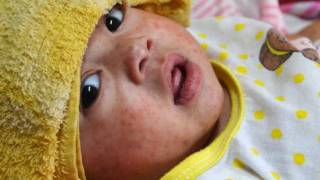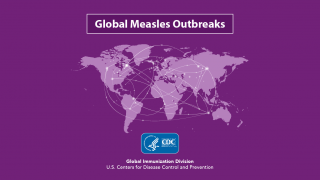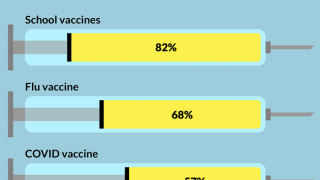Ethiopia Reports 2.9 Million Internally-Dispaced Residents
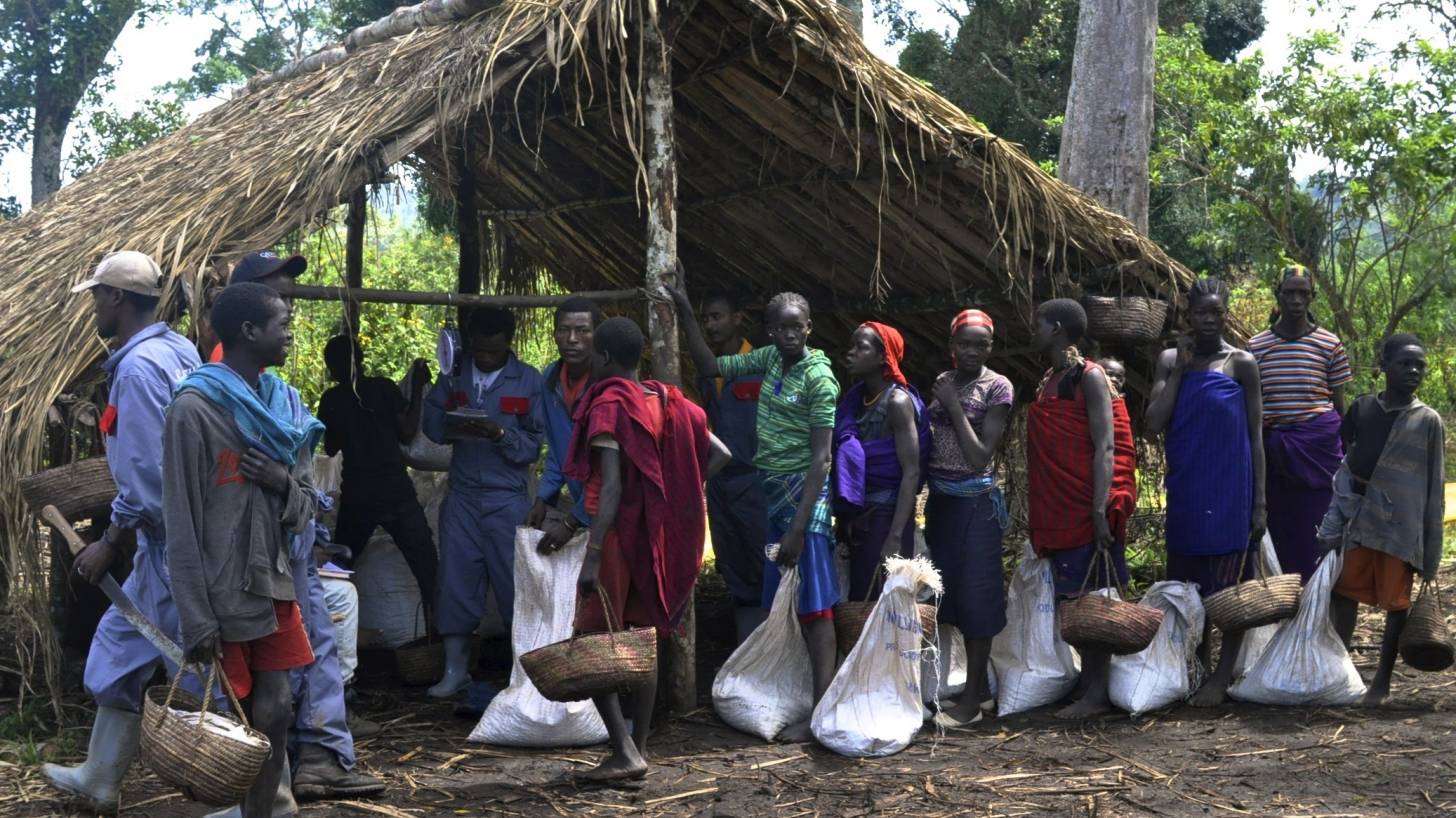
The number of people internally displaced in Ethiopia is the highest it has ever been, concludes a new report.
During 2018, Ethiopia maintained the unenviable record of being the global leader in internally displaced persons driven out of their places of residence due to conflicts, according to the Global Report on Internal Displacement (GRID), published on May 10, 2019.
Approximately 2.9 million new displacements were recorded in Ethiopia.
This data is, unfortunately, the highest number of internal displacements in the world and 4 times as many as Ethiopia reported in 2017.
A total of 10 million Sub-Saharan Africa displacements occurred between January and December 2018, reported the GRID.
“Sub-Saharan Africa hosts some of the largest protracted displacement crises in the world. Old conflicts became more entrenched and new conflicts escalated along various state borders during 2018,” said Alexandra Bilak, Director, Internal Displacement Monitoring Centre (IDMC).
Natural disasters also contributed to the number of displacements, such as droughts, floods, and storms.
To help reduce conflict displacements, Muferiat Kamil was named Ethiopia’s first Peace Minister in October 2018.
Minister Kamil is focused on the Oromia region, Ethiopia’s largest and most populous, and contains most of the conflict hotspots, according to the new GRID report.
Displacements were recorded along 3 of the Oromia region’s borders, the Southern Nations, Nationalities and Peoples’ (SNNP) region in the south-west, the Benishangul-Gumuz region in the north-west and the Somali region in the east.
Additionally, Ethiopian urban centers were also affected, including Addis Ababa and Jijiga, the capital of the Somali region.
“The fact that cities have become sanctuaries to more internally displaced people represents a challenge and opportunity for municipal authorities,” said Alexandra Bilak.
Thankfully, Ethiopia has made tremendous achievement in healthcare.
This success is marked by the increased healthy life expectancy at birth to be 64.8 years in 2016 from as low as 45 years in 1990, reports the World Health Organization (WHO).
The improving health status of the country’s population indicates that about 80 percent of diseases are attributable to preventable conditions related to infectious diseases, malnutrition, and personal/environmental hygiene.
As examples:
- The adult HIV prevalence is 1.1% in 2016. The HIV infection among 15-24 age groups has significantly reduced from 12.4% in 2001 to 1.7% in 2014.
- Ethiopia has reduced the under-five mortality rate from 166 per 1,000 live births in 2000 to 59 per 1,000 live births in 2015.
- Neonatal mortality rate declined by 42% between 1990 and 2013.
- New vaccines, like pneumococcal, rotavirus and human papillomavirus vaccines were introduced into the routine immunization program.
- There is a great improvement in maternal mortality rate between 1990 and 2013, Ethiopia achieved a 70% reduction in the maternal mortality ratio.
However, Ethiopia has faced repeated disease outbreaks, such as acute watery diarrhea, measles, meningitis, yellow fever, and dengue.
Which can be reduced with preventive vaccinations, made available by the WHO and partners.
In all cases, the Ethiopian government has led a robust response with the support of partners. Investing in resilient national systems in the context of humanitarian-development nexus is the way to a sustainable future, says the WHO.
To alert international visitors, the US Department of State, Canada, and the UK governments have issued similar travel alerts.
These alerts consistently suggest visitors to Ethiopia should protect themselves with appropriate vaccinations prior to visiting.
Our Trust Standards: Medical Advisory Committee



